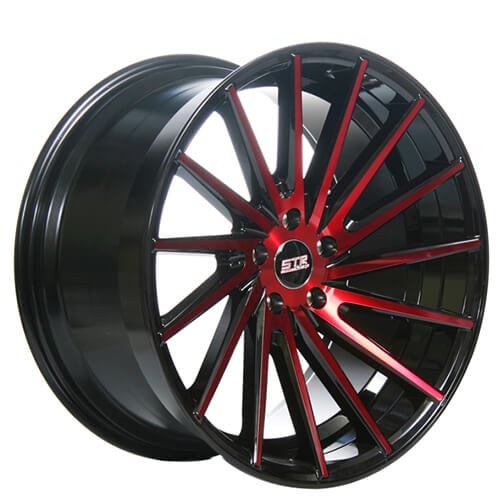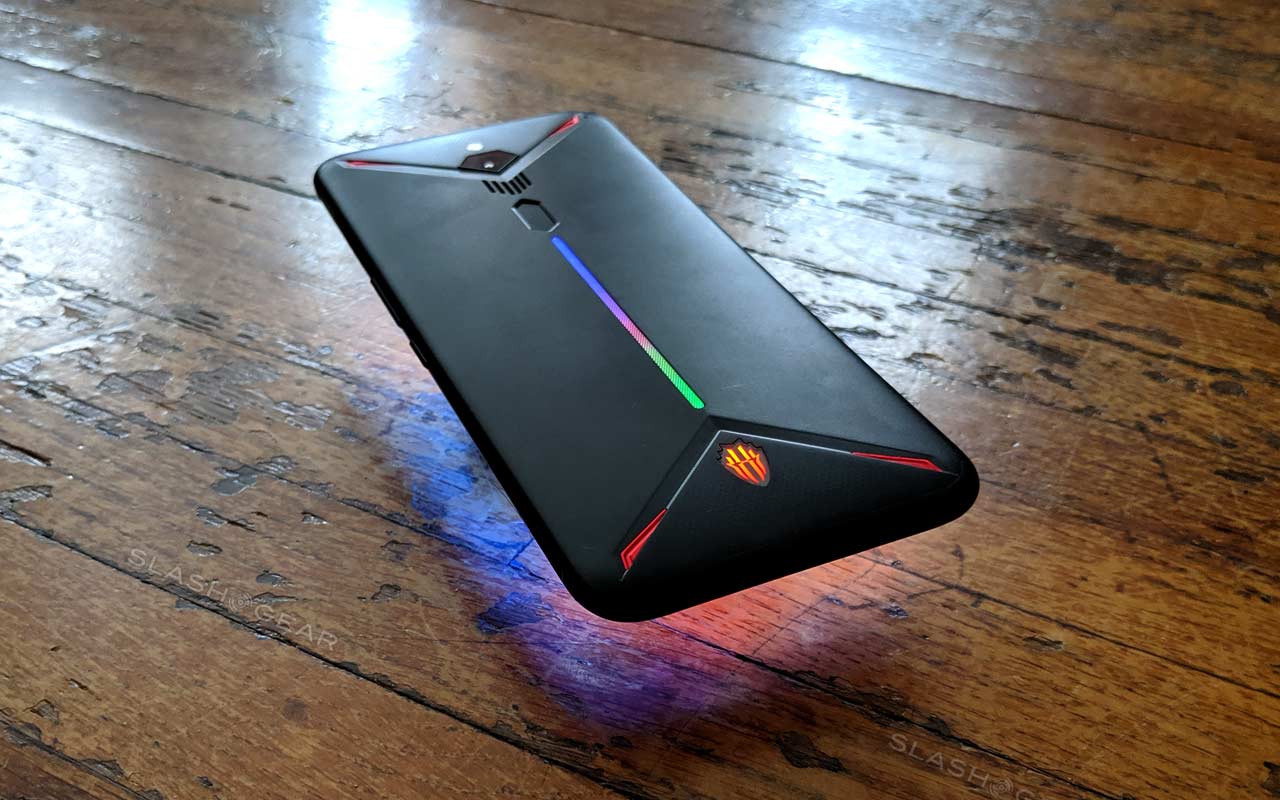Magic Red


Elevated cathepsin enzyme activity in serum or the extracellular matrix can signify a number of pathological conditions. ICT’s Magic Red assay kits are used by researchers seeking to quantitate and monitor cathepsin activity in cultured cells and tissues. This assay kit detects cathepsin B activity.
Magic Redeemed
Red Magic (Malaysia) Updated with an all-new game recording feature, Game Space 2.1 lets you quickly launch games, tweak settings, monitor performance stats, and more. If you want to focus on winning, disable calls and notifications for interruption-free gaming.
Magic Red Bonus Code
To use Magic Red, add the substrate directly to the cell culture media, incubate, and analyze. Because it is cell permeant, it easily penetrates the cell membrane and the membranes of the internal cellular organelles – no lysis or permeabilization steps are required. If cathepsin enzymes are active, the Magic Red substrate is cleaved and the cresyl violet fluorophore will become fluorescent upon excitation. As enzyme activity progresses and more Magic Red substrate is cleaved, the signal will intensify, allowing researchers to watch the color develop over time. Samples can be analyzed by fluorescence microscopy or with a fluorescence plate reader. Hoechst 33342 and Acridine Orange are included in the kit to detect nuclear morphology and lysosomal organelle structure, respectively.
- Black Girl Magic is more than a phrase. Our Black Girl Magic collection is an ode to our culture and story, inspired by the magic and resilience of Black women, to be enjoyed by all.
- The Magic Red reagent contains a cathepsin L target sequence peptide (FR) 2 linked to a red (Cresyl Violet) fluorescent probe. The Cathepsin Magic Red kits are suitable for cells in suspension and adherent cells from many species including mammalian, insect and yeast.
- The Caspase Magic Red kits are suitable for cells in suspension and adherent cells from many species including mammalian, insect and yeast. Different cell types, e.g. Jurkat, HL-60, THP-1, fibroblasts, UMUC-3, MCF-7 and U937 cells have also been successfully studied with these kits.